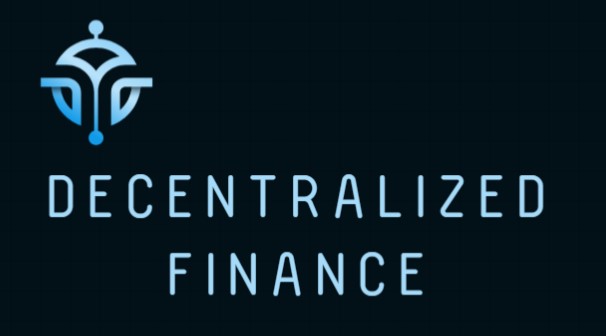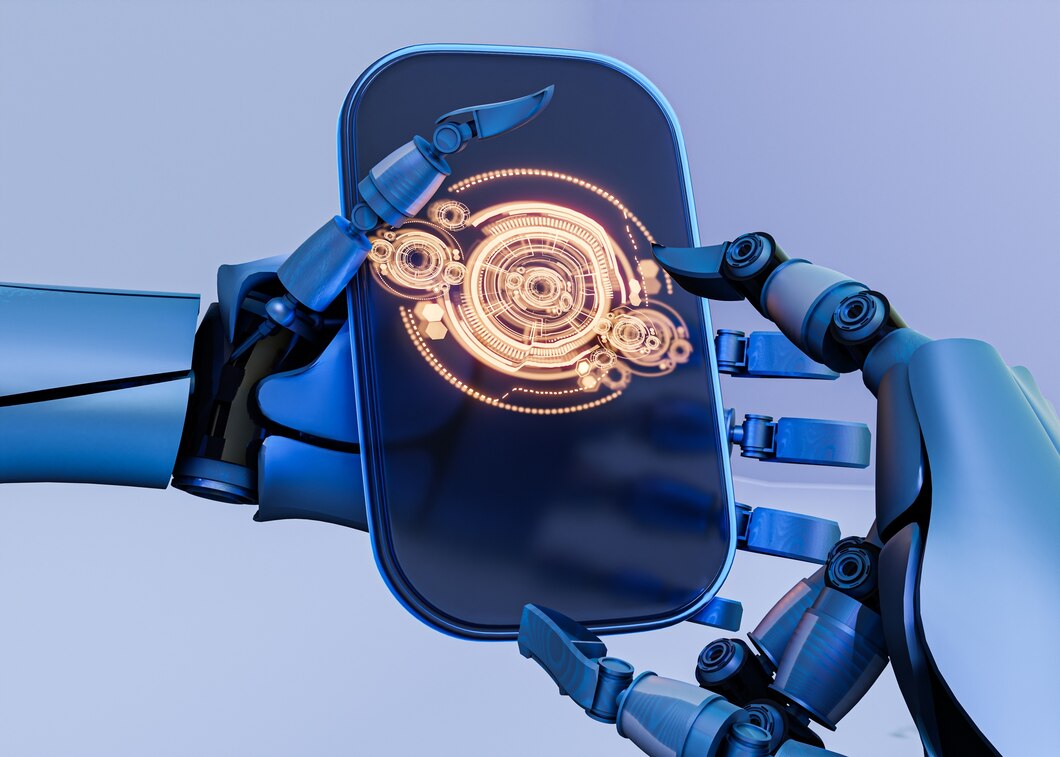Welcome to the future of trading! In this comprehensive guide, we will delve into the intriguing realm of “What is robot trading.” Buckle up as we explore the nuances, benefits, and FAQs surrounding this revolutionary trading approach.
Unveiling the Robot Trader
“Unveiling the Robot Trader” takes us on a fascinating journey into the heart of automated trading. In this exploration, we delve into the intricacies of a technological marvel that has transformed the landscape of financial markets. This section peels back the layers, revealing the inner workings of robot trading and shedding light on its significance in modern trading practices.
At its core, robot trading, also known as algorithmic or automated trading, is a cutting-edge approach that relies on pre-programmed software to execute trading strategies. This unveiling process demystifies the sophisticated algorithms that form the backbone of these systems. It explores how these algorithms meticulously analyze market trends, make informed decisions, and seamlessly execute trades without the need for human intervention.
As we unravel the components of robot trading systems, a deeper understanding emerges. The creation of a robust algorithm stands as the foundational step, involving intricate market analysis, strategy development, and risk management. The subsequent phase, known as backtesting, ensures the reliability of algorithms by subjecting them to rigorous historical testing. Finally, the execution phase brings these algorithms to life, automating trades based on the predefined strategies.
This unveiling doesn’t just stop at the mechanics; it extends to the advantages and challenges associated with robot trading. The section underscores the efficiency that surpasses human capabilities, highlighting speed, discipline, and diversity as key benefits. Simultaneously, it addresses challenges such as technical glitches and the risk of over-optimization, providing a holistic view of the trading landscape powered by robots.
Understanding the Mechanics
In the realm of robot trading, comprehending the mechanics is akin to unlocking the secrets of a finely tuned engine. This section peels back the layers, offering insights into the intricate workings that drive automated trading systems.
- Algorithm Creation: At the core of robot trading lies the artistry of algorithm creation. Traders, developers, and mathematicians collaborate to craft sophisticated algorithms that serve as the brains behind these systems. This involves in-depth market analysis, strategic formulation, and meticulous risk management. The result? A powerful algorithm poised to navigate the complexities of the financial markets.
- Backtesting: Before algorithms hit the live markets, they undergo a rigorous test of their mettle through a process known as backtesting. This step involves subjecting the algorithm to historical market data, allowing traders to evaluate its performance under various scenarios. It’s a crucial checkpoint to ensure that the algorithm is not just theoretically robust but also practical in real-world trading conditions.
- Execution: With a validated algorithm in hand, the next phase is execution. This is where the magic happens – the system automatically executes trades based on the predefined algorithm. This hands-off approach distinguishes robot trading from traditional methods, introducing speed and precision that human traders find hard to match. The seamless execution of trades in milliseconds is a testament to the efficiency of automated systems.
Understanding these mechanics is pivotal for traders and enthusiasts alike, as it demystifies the seemingly complex processes behind robot trading. Whether you’re intrigued by algorithmic intricacies or contemplating integrating automated systems into your trading strategy, a solid grasp of these mechanics is your gateway to navigating the dynamic landscape of financial markets.
Advantages of Robot Trading
In the dynamic world of financial markets, robot trading emerges as a powerful tool, offering a myriad of advantages that set it apart from traditional trading methods. Let’s delve into the key benefits, comparing the strengths of robot trading against conventional approaches:
| Advantage | Description | Comparison with Traditional Trading |
| Speed | Robot trading operates at lightning speed, executing trades in milliseconds. This agility enables traders to capitalize on fleeting market opportunities swiftly. | Traditional trading, often reliant on manual processes, is inherently slower, potentially causing missed opportunities. |
| Discipline | Automated systems follow pre-set strategies with unwavering discipline. Emotion-free decision-making ensures adherence to the devised trading plan. | Human traders can be susceptible to emotional biases, leading to impulsive decisions that may deviate from the intended strategy. |
| Diversity | Robot traders efficiently manage multiple assets simultaneously. This diversification minimizes risk by spreading investments across various markets. | Traditional traders may find it challenging to actively monitor and manage diverse portfolios simultaneously, potentially limiting their investment scope. |
Understanding these advantages provides a comprehensive view of why robot trading has become an attractive option for modern investors. The speed, discipline, and diversity inherent in automated systems position them as valuable tools in navigating the complexities of today’s fast-paced financial landscape.
Challenges and Risks
Navigating the realm of robot trading is not without its challenges and risks, as with any innovative approach to financial markets. This section sheds light on the potential hurdles and considerations that traders face when venturing into the world of automated trading.
One notable challenge is the susceptibility to technical glitches. While automated systems are designed with precision, unforeseen errors or malfunctions can occur, leading to undesired outcomes. Traders must be vigilant and implement robust risk management strategies to mitigate the impact of technical issues that may arise during the execution of trades.
Another critical risk is over-optimization, a scenario where a trading strategy is fine-tuned excessively based on historical data. While a strategy may perform well in historical testing, it doesn’t guarantee success in real-time markets. Traders need to strike a balance, avoiding the trap of over-optimization and ensuring that their strategies are adaptive to the dynamic nature of financial markets.
Despite these challenges, it’s essential to acknowledge that with careful consideration and due diligence, many risks associated with robot trading can be effectively managed. Traders who stay informed, implement safeguards, and remain adaptable to market changes are better positioned to navigate these challenges and reap the rewards of automated trading systems.
What Sets Robot Trading Apart
“What sets robot trading apart” is a question that unveils the distinctive features and advantages of this innovative approach in the financial realm. One significant factor is the capability for 24/7 trading. Unlike human traders who need rest, automated systems tirelessly monitor markets around the clock, ensuring that opportunities are never missed and reactions to market changes are instantaneous.
Data analysis is another standout feature. Robot trading processes vast datasets at incredible speeds, uncovering patterns and trends that may elude human perception. This analytical prowess allows automated systems to make informed decisions based on comprehensive market information, contributing to their efficiency in executing trades.
FAQs
- Is Robot Trading Suitable for Beginners? Absolutely! Many robot trading platforms cater to beginners with user-friendly interfaces and pre-set strategies.
- How Much Capital is Needed to Start Robot Trading? The capital requirement varies, but some platforms allow entry with a modest investment, making it accessible to a broad audience.
- Can I Customize Robot Trading Strategies? Yes, most platforms offer customization options, allowing users to tailor strategies to their risk tolerance and preferences.
- What Happens in Case of Power Outages or Internet Failures? Reputable robot trading platforms have fail-safes in place, ensuring trades aren’t compromised in case of technical issues.
- Are Robot Traders Prone to Hacking? Security is a top priority for reputable platforms, employing advanced encryption and security measures to safeguard user data and investments.
- How Do I Monitor Robot Trading Performance? Most platforms provide real-time dashboards and reports, allowing users to monitor performance and tweak strategies as needed.




